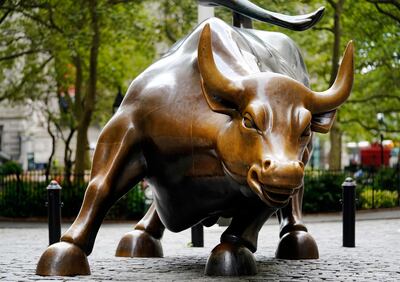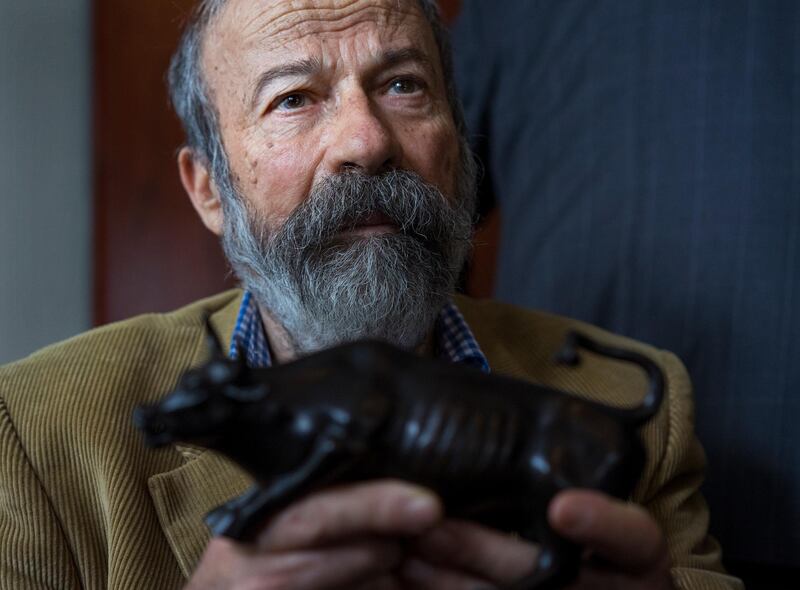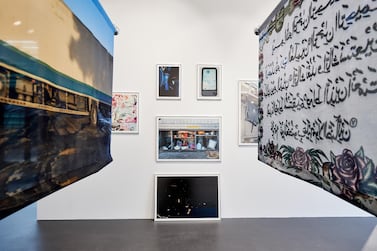Arturo Di Modica, the Italian sculptor behind New York's Charging Bull, has died. He was aged 80.
Italian media reported the news, stating that Di Modica died in his hometown of Vittoria, Sicily on Friday after years of battling cancer.
Born in 1941, the artist ran away from Sicily when he was 18 years old to develop his career as a sculptor despite his father’s disapproval. He studied at the Accademia di Belle Arti di Firenze, eventually producing bronze and marble works. In 1970, he left Florence and moved to New York City, where he set up an artist studio. In the following decade, he transitioned from abstract to figurative creations.
The bronze sculpture, which became his most famous work, was created after the 1987 stock market crash. Also known as the Wall Street Bull, it represented strength and the “can-do spirit of America”, which Di Modica saw as crucial after the economic downturn.
In 1989, the artist illegally installed the sculpture, which he worked on for two years, outside of the New York Stock Exchange Building. Police removed the 3,200 kilogram work and moved it to Bowling Green in Manhattan’s Financial District a week later.
The sculpture has been there ever since, even though it was only intended to be shown as a temporary display, and has become one of New York City’s most famous tourist attractions.

Di Modica spent more than $350,000 to produce the bronze work. For years, he attempted to sell the sculpture, with no luck. It is unclear whether the statue remains unsold, though the artist was certainly protective of his artistic copyright, filing lawsuits against companies who created replicas of the animal.
Throughout his career, he produced other versions of the bull, which were sold to private collectors. He sold a six-foot version of Charging Bull at auction in London in 2018 for $405,000.
Di Modica was the recipient of the Ellis Island Medal of Honour in 1999 for his contribution to the arts.
In 2017, another bronze sculpture was installed in front of the bull. Kristen Visbal's Fearless Girl featured a young child facing the bull in a defiant position and was meant to represent female empowerment. Di Modica criticised the work, stating that its message cast his Charging Bull in a negative light as it was meant to show optimism and resilience. Fearless Girl was eventually relocated following his complaints.
Over the years, the work has endured its share of vandalism, particularly after the 2008 financial crisis. In 2019, the bull’s horn was damaged after a Dallas man struck it with a banjo. Di Modica repaired the dent a month later with the help of monetary donations. The same year, environmental activists Extinction Rebellion staged a die-in protest in the surrounding area and poured fake blood on the work. A die-in, sometimes known as a lie-in, is a form of protest where participants imitate being dead.
Though New York officials have expressed plans to move the sculpture due to safety concerns, the Charging Bull remains standing and continues to be one of Wall Street's most well-known symbols.







